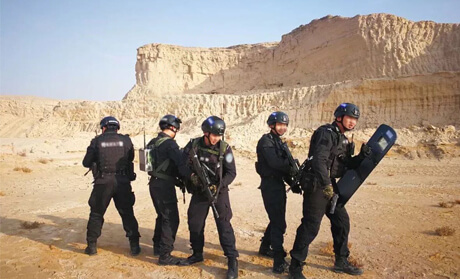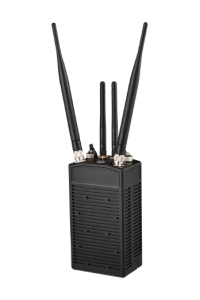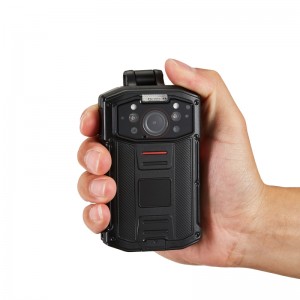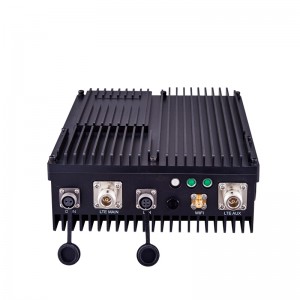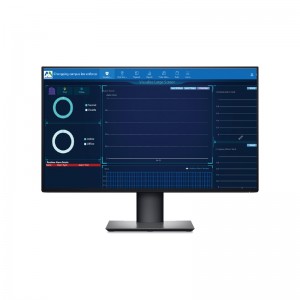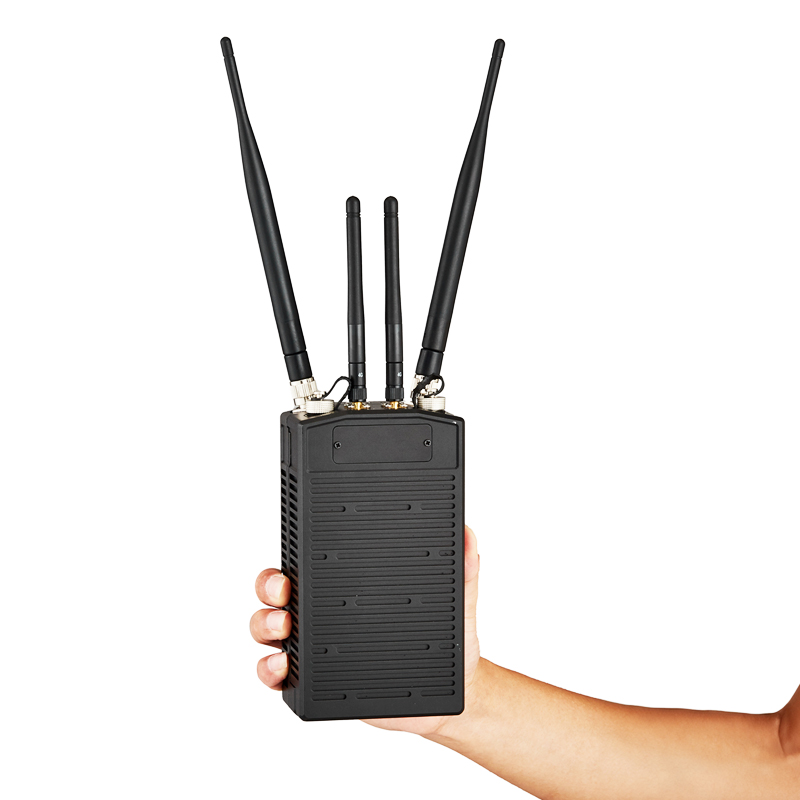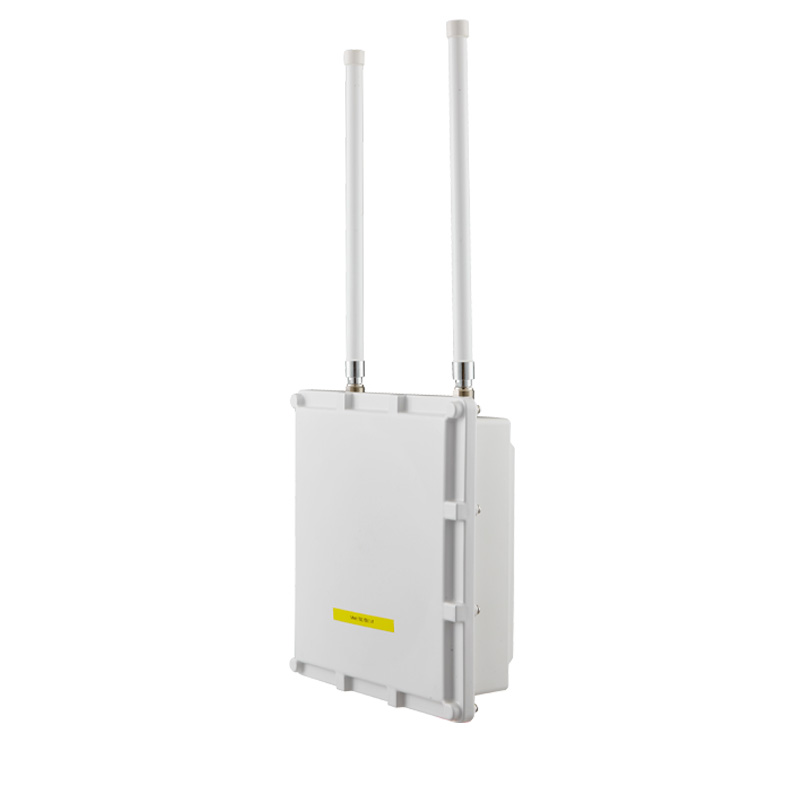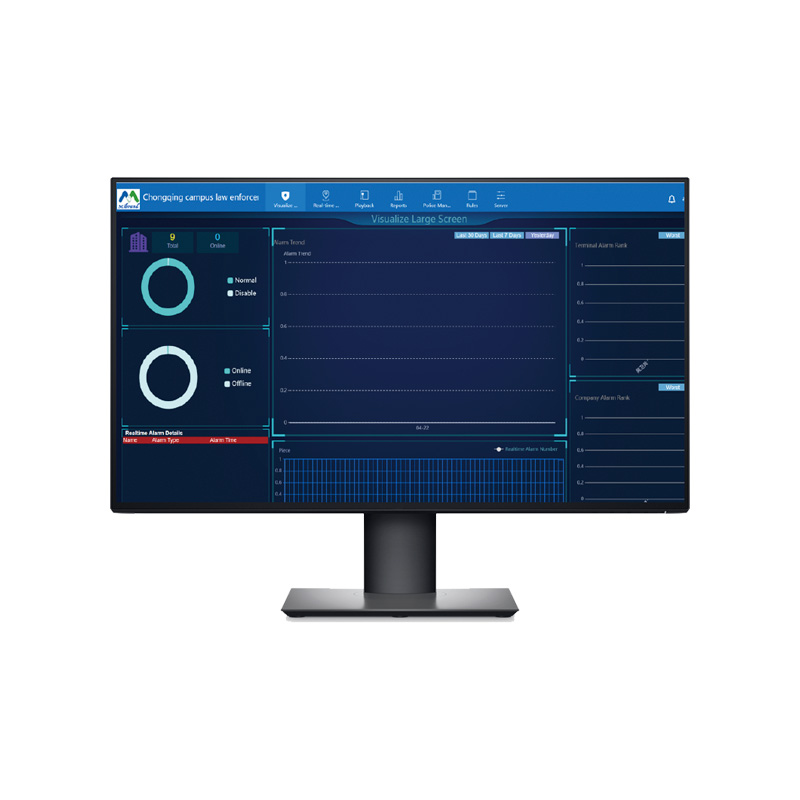What’s the MANET (A Mobile Ad-hoc Network)?
A MANET system is a group of mobile (or temporarily stationary) devices which need to provide the ability to stream voice, data, and video between arbitrary pairs of devices utilizing the others as relays to avoid the need for infrastructure.
The MANET network is fully dynamic and uses an adaptive routing method. A master node is not required to manage the network. All nodes in MANET work together to route traffic and maintain strong links. This makes MANET networking more resilient and less prone to loss connection.
The MANET network's ability to support this seamless traffic transition essentially means that the network is self-forming and self-healing.
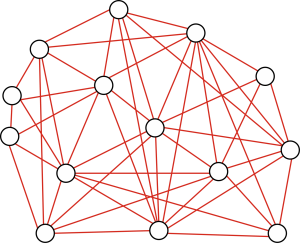
MANET Network –no master node required.
Background
When emergency and crisis situations (ECS) such as earthquakes, terrorist attacks, illegal border crossings, and emergency arrest operations occur in remote areas such as mountains, old-growth forests, and deserts, it is important that communications facilities are operational to serve task force members. Communication facilities for emergencies must have rapid deployment, plug-and-play, seamless interoperability, portable, self-powered, robust diffraction capability, and large communication coverage in NLOS environments.

User
Republic Army

Market Segment
Military

Project Time
2023
Demands
This military emergency operation is a mountainous environment with a large area and no public network coverage. Combat groups urgently need a communication system to guarantee their smooth connection during tactical operations.
There are five operational teams, each with four members to carry out this task. The entire MANET communication system needs to cover 60 kilometers and guarantee that all members can communicate with the scene and the command center with clear sound and video, accurate GPS information. Each member of the team in the combat zone can move freely with a stable network connection.
Challenge
The main challenge is that the combat area is very large, the environment is very complex, and wireless communication is urgently needed. These devices must be put into service immediately. IWAVE quickly developed an emergency communications plan to help the military. The IWAVE team provided all the radio communication equipment, and the technical team was on standby 24 hours so that they could provide support and advice as soon as they needed it.
Solution
To meet the stringent requirements of the Combat team, IWAVE offers the most advanced and professional portable communication equipment: MANET MESH wireless network solutions. Its compact design, internal large-capacity battery, and center-less wireless network fully guarantee a stable wireless connection during missions.
In addition, IWAVE's patented modulated encryption algorithm is applied to ensure the security of communication data. Through the command and dispatch system, the officers of the command center can know the location information of personnel in a timely manner, and then command and dispatch efficiently and quickly.
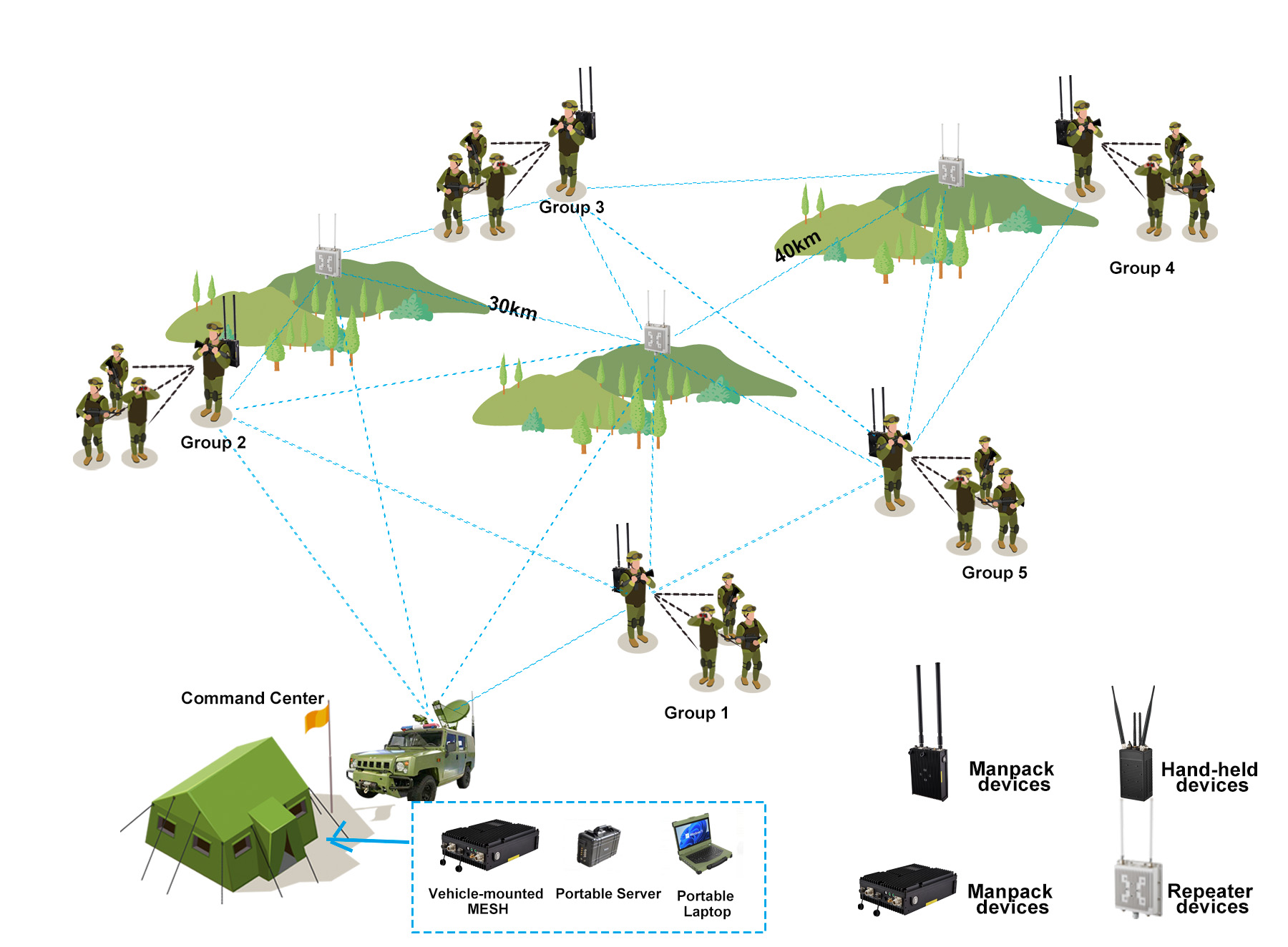
In this scenario, there is no public network during training or field combat.
And the scope of combat is about 60km range and there are mountains as interruption between them.
For the Soldier Group
Every group leader uses a Manpack MESH 10W dual-frequency device. it can achieve 5-10km wireless transmission and real-time communication with other groups.
Every group member uses Handheld/small-power Manpack MESH devices, wear helmets with cameras which can record videos in front of them in real time. Then send it back to the command center through the MESH wireless communication device.
Devices included in the groups:
For the Command Center
The command center is equipped with Vehicle-mounted High-power MESH equipment, Portable Laptop.
When the MESH equipment receives the video transmitted back from the front, it can be displayed on the display screen of the portable laptop in real time.
Devices included in the groups:
For the between the Groups Communication
The problem can be solved by installing high-power mesh equipment as a repeater at the top of the mountain.
It could be rapidly deployed at top of the mountains. With features Push-to-start, large capacity battery built-in for 12 working hours. Distance between these five groups is more than 30km.
Benefits
Decentralized
MANET is a peer-to-peer and center-less ad-hoc network. In other words, all the stations in the network are equal, and freely joining or leaving the network. The failure of any station will not affect the working of entire network. MANET is particularly suited to the emergency and rescue situations where the fixed infrastructure is not available such as earthquake, fire rescue or emergency tactical operations.
Self-organizing and Rapid Deployment
Without the need to pre-set the network infrastructure, all the devices in MANET supports push-to-start for quickly and automatically building an independent network after power-on. They can coordinate with each other based on layer protocols and distributed algorithm.
Multi-hop
The MANET is different from the traditional fixed network which need a routing device. When a terminal tries to send information to other terminal which is beyond of its communication distance, the information packet will be sent via one or more intermediate stations.
Large Area Coverage
IWAVE ad-hoc system supports 6 hopping and each hopping covers 10km-50km.
Digital voice, strong anti-disturbance capacity and better quality
IWAVE Ad-hoc emergency communication solution adopt advanced TDMA two time-slot, 4FSK modulation and digital voice coding and channel coding technology, which can better suppress noise and interference, especially at the edge of coverage, achieving better audio quality compared with analog technology.
Post time: Nov-24-2023




